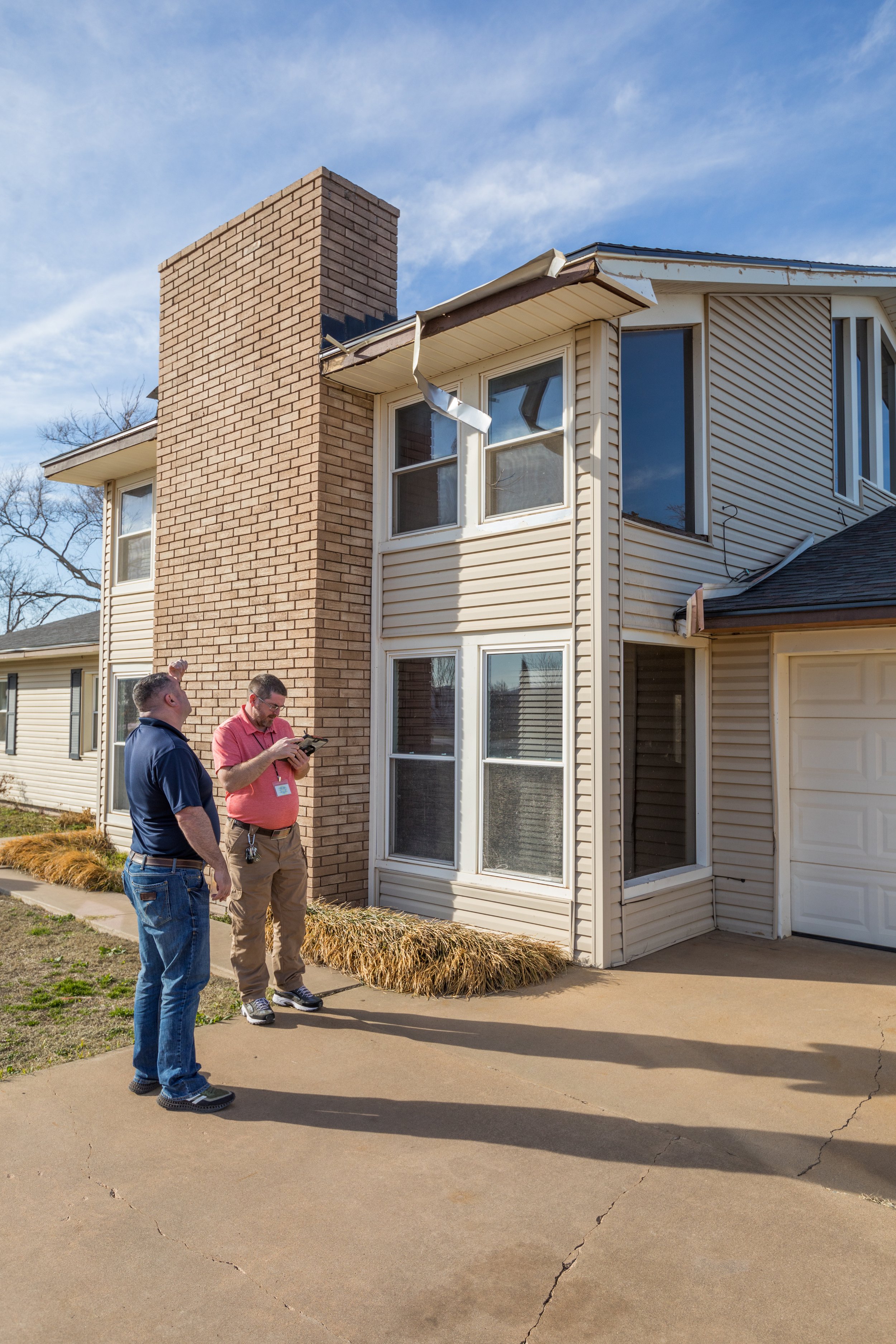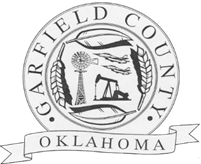
How property tax is figured
What is the Assessed Value?
In Oklahoma, the County Assessor is required by state law to place your property on the assessment rolls at Fair Cash Value. Under the Oklahoma Constitution, however, taxes cannot be levied against more than 13.5% of the fair cash value. This is called a "fractional assessment system." The State Constitution states that real property shall not be assessed at a value less than 11% nor greater than 13.5% of its Fair Cash Value. This percentage or Assessment Ratio cannot be increased except upon approval by a majority of voters in a county. In Garfield County the Assessment Ratio is 12.5%. The Fair Cash Value multiplied by the Assessment Ratio results in the Assessed Value.
How are tax rates set for my property?
Tax rates or millage levies are set by procedures established in the Oklahoma constitution or voted directly by the taxpayers. Rates are not set by the County Assessor.
There are approximately 38 different tax or millage rates in Garfield County, and those vary across the county depending on the school district, municipality and technology center district where the property is located. The millage rate is the tax per dollar of Assessed Value of the property. The rate is expressed in "mills," where one mill is one-tenth of a cent ($0.001) or one-thousandth of a dollar. The tax or millage rate levied against a property makes a great deal of difference in the taxes paid. Rates vary in Garfield County from the lowest at $74.65 (Noble 2, Billings School) to the high of $102.02 (Drummond I-85) per thousand Assessed Value and can change from year to year.
How do I figure my tax?
The method for figuring ad valorem taxes requires four steps: you must know the Fair Cash Value of your property, the Assessment Ratio, any exemptions and the tax or millage rate for your area of the county. The following example is based upon a property that has a Fair Cash Value of $100,000 with homestead exemption and a millage rate of $102.02 per thousand Assessed Value:
$100,000 Fair Cash Value
$100,000 x 12.5% Assessment Ratio = $12,500 Gross Assessed Value
$12,000 - 1000 Homestead Exemption = $11,500 Net Assessed Value
11.5 (thousand) Assessed Value x 102.02 millage rate (Drummond 85 millage rate) = $1,173.23 or $1,173 Taxes
or
11,500 Assessed Value x .10202 millage rate (Drummond 85millage rate) = $1,179.31 or $1,173 Taxes.
When do I pay my taxes?
The Garfield County Treasurer typically sends out a tax bill in November each year. Taxes may be paid in two installments according to a payment schedule. If exactly one-half is paid by December 31st, then the last half is due by March 31st. If nothing is paid by December 31st, the full amount becomes delinquent January 1st. Questions concerning tax bills can be answered by the Garfield County Treasurer.
Where does my property tax money go?
In Garfield County, property taxes are an important source of revenue for local schools, Autry Tech, Garfield County General and the Garfield County Health Department. As in most states in the United States, property taxes are the backbone for funding of local government and schools. Oklahoma’s property tax with some changes has fulfilled this basic function since statehood.
Generally, local schools receive the largest share of the property tax. Schools are followed by career tech, county government and the county health department. City government may also claim some ad valorem to pay judgements against the municipality.
One fact most Oklahoman’s don’t know is that Oklahoma is ranked 48th lowest in the nation for property tax rates. For a larger rural county, Garfield County is one of the lowest property tax counties in the state. Typically, Enid Public Schools mill levy is the lowest in the state for 6A schools, even with a $100 million capital improvement bond!
For a complete guide on how and why the County Assessor appraises property and your rights as a taxpayer, you can view the “Oklahoma Property Taxes, 2015 Taxpayer Rights, Remedies and Responsibilities”
